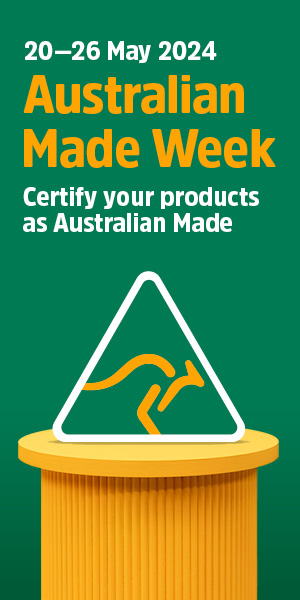Search for industry partners for Surface Manufacturing CRC – SMC automotive case study

Researchers led by UniSA are searching for companies wanting to develop surface processing capabilities in a planned Surface Manufacturing Cooperative Research Centre. Here, Peter Roberts, profiles the benefits of collaboration achieved by automotive supplier SMR.
It is no surprise that collaboration is one of the reasons behind the ability of one large automotive multi-national company, Motherson Australia, to survive and prosper post the closure of the car assembly sector.
Part of Indian owned Samvardhana Motherson Reflectec (SMR), the company which employs 300 at its Lonsdale facility south of Adelaide first collaborated with researchers at UniSA’s Future Industries Institute to develop new coated plastic car wing mirrors.
The Adelaide factory notched up sales of more than 1.7 million mirrors worth $170 million in the process.
To learn more, the researchers have organised an online information session specially for @AuManufacturing readers on Wednesday, 22 November, 10:30 am – 11:45 am ACDT Register here.
R&D is only one element of competitiveness of course, anything manufactured in Australia for world markets has to be cost competitive.
A spokesman for SMR said the research that the company tended to do domestically was more focussed on immediate product cost optimisation, rather than blue sky research.
However collaboration with UniSA had continued to give the Australian operation unique capabilities within the Motherson group.
“Coatings are a good example because we have had an evolution from ‘let’s replace glass mirrors’ to let’s create transparency to light, and then add decorative finishes.
“The technology pipeline is very much in an evolution – the relationship I would say is quite intimate between (UniSA) and our team.”
In the latest work researchers helped develop a novel coating technology that has been applied to polycarbonate door and dashboard mounted decorative parts destined for the British ultra-high performance sports car, the McLaren GT.
Components with complex geometries were produced in Motherson Australia’s optical-class, contaminant-free moulding rooms. Advanced surfaces were then added by applying multiple metallic layers via a plasma magnetron sputtering system.
This created a series of hidden-until-lit facia and door finishes.
“This one is actually really cool because the door finishes (pictured) that we put into the part, the dot pattern was stretched as it reaches the tail.
“So when you sit in the seat, the ambient lighting gives you this perception of speed.”
Motherson has also created large decorative door features for the McLaren ARTURA hybrid sports car.
“The coating itself drew on our experience with the mirror programme…and then we just added a satin hard coat layer to it.
“Most of the real design and development challenge was focussed in the light engine electronics and light guides.
“But by working with them (UniSA) we are able to choose the right coating process to meet the specifications of our commercial application.”
Picture: Motherson Australia
This series is brought to you by UniSA on behalf of the proposed Surface Manufacturing Cooperative Research Centre.

Surface Engineering and Manufacturing optimise material properties, customise products, enhancing their longevity and performance. For SMEs, it’s a gateway to innovation, reducing costs and fostering global competitiveness by delivering superior and tailored solutions. Companies can join us in our Surface Manufacturing CRC bid to shape the future of sustainable and competitive manufacturing in Australia.
To learn more, register for the online information session, Wednesday, 22 November, 10:30 am – 11:45 am ACDT Register here. …… Or email [email protected].
@aumanufacturing Sections
Analysis and Commentary Awards Defence Manufacturing News Podcast Technology Videos










